So you just purchased your first camera gear for shooting an underwater video. Yet you are still very far from bringing back any good footage. Filming underwater videos is a skill of its own. But before even being able to produce a good underwater video, you need to master some specific scuba diving skills.
Let’s find out the top 5 scuba diving skills that you need to master in order to improve your underwater video.
** Disclaimer: We’ve added affiliate links to this post for you to easily find the right products for you. Using the links below comes at no cost to you and helps us run OceanVibration through affiliate commissions. We only suggest products that we use and love ourselves! **
Scuba diving safety
Yes, yes! You are a qualified diver and have been diving for a while now. However, making an underwater video when scuba diving is a completely different mindset.
I have seen many scuba divers risking their lives and their buddys’ life unknowingly because of focusing on the perfect shot for an underwater video. Therefore, make sure to get the following skills in auto mode.
Checking your air pressure gauge
Time flies when you are having a good time! And so is the air in your tank! Scuba diving with a camera increases substantially your air consumption (thus the fact that I always recommend starting off with a GoPro setup).
Skills to master:
- Get into the habit of checking your air pressure gauge every time after shooting an underwater video clip;
- Understand your air consumption at different depth while shooting an underwater video clip;
- Readjust your dive plan according to your air consumption (i.e: less bottom time).
Understanding your deco time
Along with air consumption, an important factor to take into account when shooting an underwater video is deco time.
Most recreational dives are no-deco dives. And the worst thing that you can do to your divemaster is to make him wait for you underwater because you didn’t respect that.
A lot of divers have the habit of thinking ‘I have enough air so I’m OK’. Certainly, you are OK for your normal safety stop but if you get into deco stops, then you can easily run out of air.
Skills to master:
- Listen carefully to the pre-dive brief and dive profile;
- Plan which shots to do at depth before getting in the water and respect your dive plan;
- Get in the habit of checking your deco time before and after shooting your underwater video clip;
- Signal to your dive master that you are close to entering deco time and move up the water column if needed.
Buddy check
I have a friend that got caught in the current when scuba diving in the Maledives without anyone noticing. Do you know why? Because everyone was too busy filming Manta Rays!
Do not be that diver who thinks his/her camera is his/her dive buddy. I can promise you that your camera won’t save your life when something goes wrong!
Skills to master:
- Explain what you want to do to your dive buddy before getting in the water;
- Check your camera gear well in advance in order to doing your buddy pre-dive checks;
- Never go off on your own, leaving your dive buddy behind;
- Reiterate hand signals with your dive buddy before the dive;
- Regularly do an air and deco check with your dive buddy while diving.
The right dive computer for shooting underwater video
You need to fully understand your dive computer in order to safely shoot an underwater video while scuba diving.
Every dive computer differs slightly, especially in how they display information on the screen. Some have audible sounds, some vibrate, whereas some do neither.
Skills to master:
- Understand your dive computer alarms (visual, audible, vibration);
- Learn to find key display information (time to surface, deco time);
- Understand your buddys’ dive computer before diving.
PRO TIP
If you are serious about filming underwater videos, I highly recommend diving with 2 dive computers. One on your wrist as usual, and one strapped to your underwater camera.
I recommend getting the Mares Quad and the Shearwater Perdix, with the Quad on the wrist and the Perdix on the camera system. That’s because the Perdix has only visual alarms which will be in your line of sight when shooting and the Quad has audible alarms.
BUY ON HOUSE OF SCUBA
Master lung buoyancy
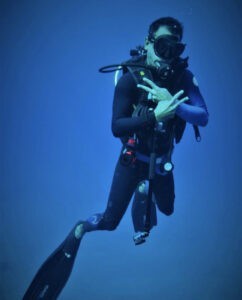
As we have gone through our first scuba diving course, we are all well aware that we control our buoyancy with our BCD.
Likewise, when diving on an open circuit (normal recreational scuba diving), you can use your lungs to further adjust your buoyancy. You may well have been using that technique unknowingly when breathing out and emptying your lungs for a quick descent.
When shooting for an underwater video, you will want to adjust your body position in the water column in order to frame the best shot. It can also help you achieve cool reveals over the reef for example.
Skills to master:
- Slowly breathing in or out to adjust your buoyancy;
- Learn to breathe in or out to maintain a certain amount of air in your lungs;
- Adjust your breath in order not to hold your breath while shooting underwater.
NEVER HOLD YOUR BREATH WHILE SCUBA DIVING!
PRO TIP
Managing your buoyancy and body position is highly dependent on your BCD. In order to get the best body position in the water column, I highly suggest getting your own BCD.
Most importantly, I would suggest getting a wing BCD and not the conventional jacket BCDs you get at the dive centers. That is because it will allow for better trim and buoyancy control.
BUY XDEEP ON DIVEINN | BUY HOLLIS ON HOUSE OF SCUBA
Learn to kick for an underwater video
It may sound weird to you but mastering the art of scuba diving kicks is essential to shooting quality footage for your underwater video. Whether it is for steady reef flyovers, moving towards a fish, or even finning backward, you need to learn and get used to those finning techniques for the best underwater videos.
Normal finning technique
The normal finning technique is the one you use for freestyle swimming and snorkeling. That technique is the most often used and works well in most cases. It is great for bursts of speed and fly-overs.
Frog kick technique
The frog kick is the finning technique you learn when starting your tec-diving course. It is an amazing finning technique that saves more energy and provides more control over your movement in the water. Use this technique to control your movements for better underwater footage.
Reverse frog kick
You can actually move backward using a reverse frog kick. This will give you more shooting possibilities, whether it is an action moving towards you or a cool zoom-out effect for a reveal.
Skills to master:
- Learn to bend less the knee when using a normal finning technique;
- Get used to burst kicks and filming with the forward momentum for steady shots;
- Learn thr frog kick and reverse frog kick;
- Alternate between finning techniques depending on the situation.
PRO TIP
Leave your underwater camera at home and ask your divemaster to teach you the frog kick. You can also practice the movement at home on your bed (yes, you’ll look ridiculous!).
Using the current for filming an underwater video
Out of all the underwater videos that I’ve shot, the one I like the most is Diving in Komodo. This will come as a surprise to you as it was shot on a GoPro 6 and the quality of the underwater video is far from the best. However, when watching this video, I can’t stop but fall in love with the camera movement. And that is moving with the current.
Since then, I have been improving my underwater filming technique to shoot with the help of the current. And so should you.
Skills to master:
- Understand current and how it is flowing on your dives;
- Fish alwasy face the current, therefore learn to shoot while moving sideways;
- Learn to manage your stability using your fins and leg placement;
- Learn to dive with a reef hook using your kicks to create a side to side motion.
PRO TIP
If your dive center allows you to use a reef hook, make the most of it! Even with a small current, using a reef hook will allow you to get a more cinematic underwater video by creating both lateral and vertical movements at the same time.
BUY ON HOUSE OF SCUBA
Marine life and your underwater video
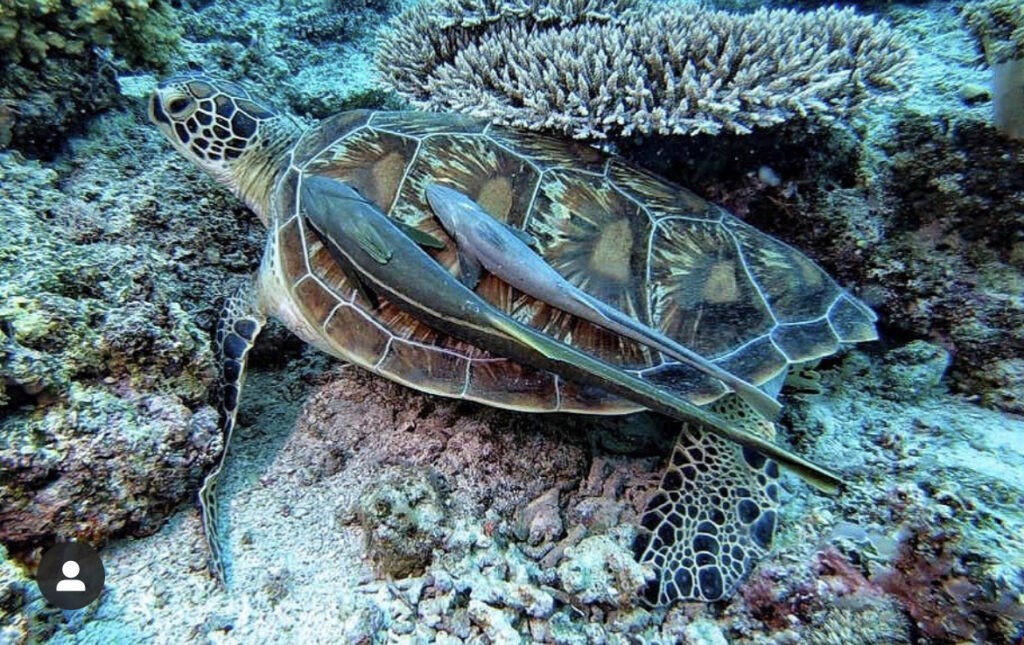
In my opinion, this is one of the biggest mistakes underwater videographers make when shooting for an underwater video.
I see a lot of scuba divers thinking they are in a first-person shooting game, just pressing record on anything that flies by. This can surely bring you a few great shots if you happen to be at the right place at the right time. However, you most likely will lose out on the essence of the whole dive site and the marine life that fills its ecosystem.
Skills to master:
- Listen to the pre-dive brief and ask about which marine life you may encounter and where;
- Read and educate yourself about human-marine life interaction (eg: octopus reacting to metal, moray eel feeling threatened;
- Learn where to find which species on dives sites to complete your underwater video with a variety of footage.
PRO TIP
The best thing you can do as a scuba diver shooting for an underwater video is to respect marine life.
Do not poke nor touch anything and learn to be patient! An underwater video is magical when it just happens, not when you make it happen.
Enjoyed this content? Check out some other amazing articles:
- GoPro for scuba diving (everything you need to know in 2021)
- How to choose the best scuba diving mask for you
And don’t forget to watch my diving videos on YouTube!

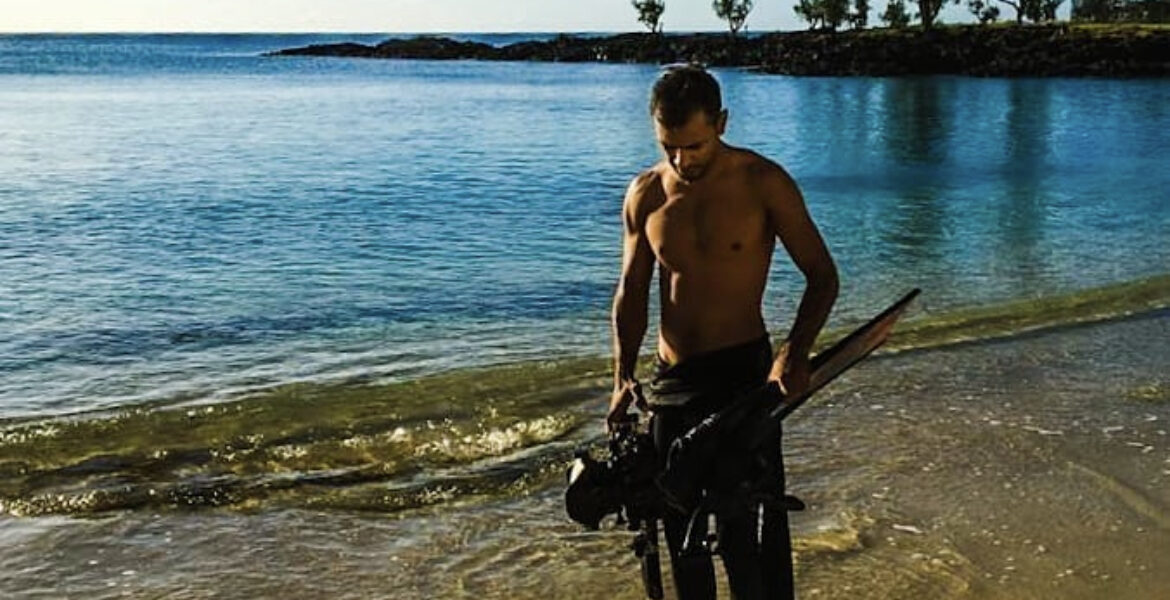
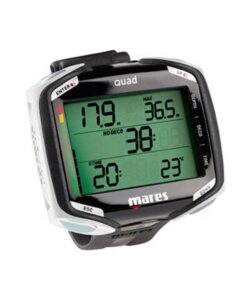
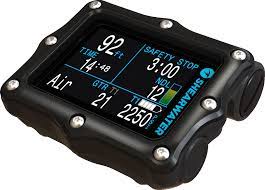
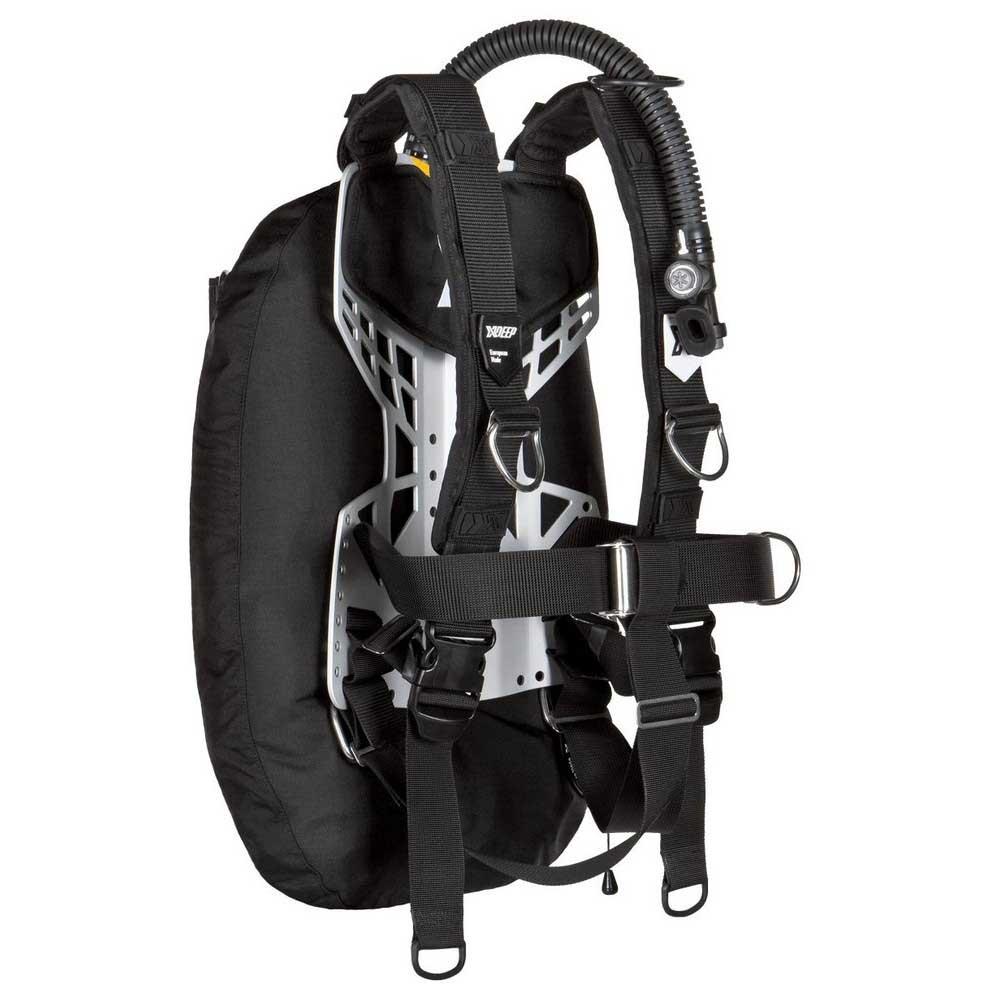
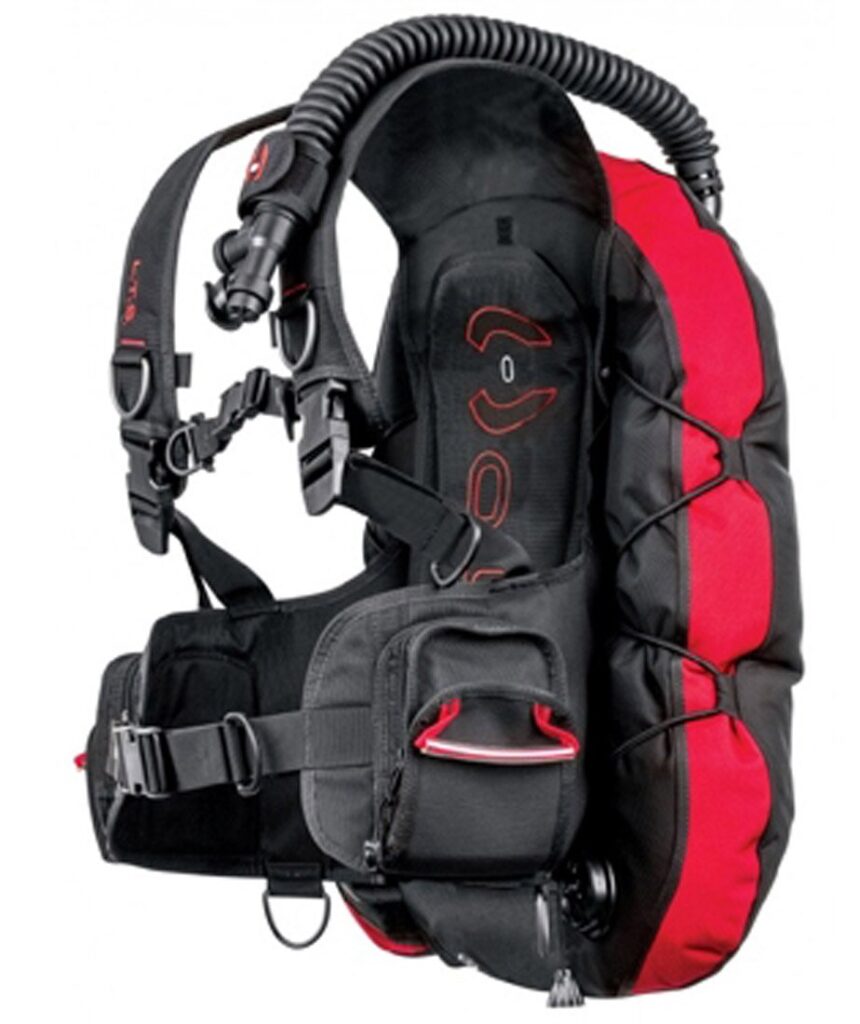
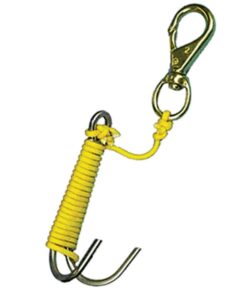
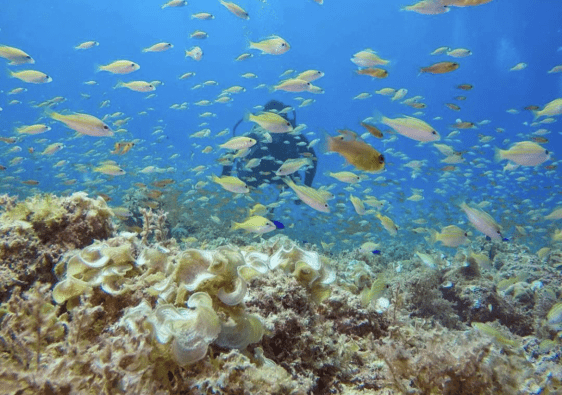
[…] never really thought that image stabilization was essential for us underwater videos. Good diving skills are essential for us, and with that comes good stabilization in the water. But, I guess we can’t […]
[…] Take your time to practice your scuba diving skills before bringing your camera underwater, even a […]